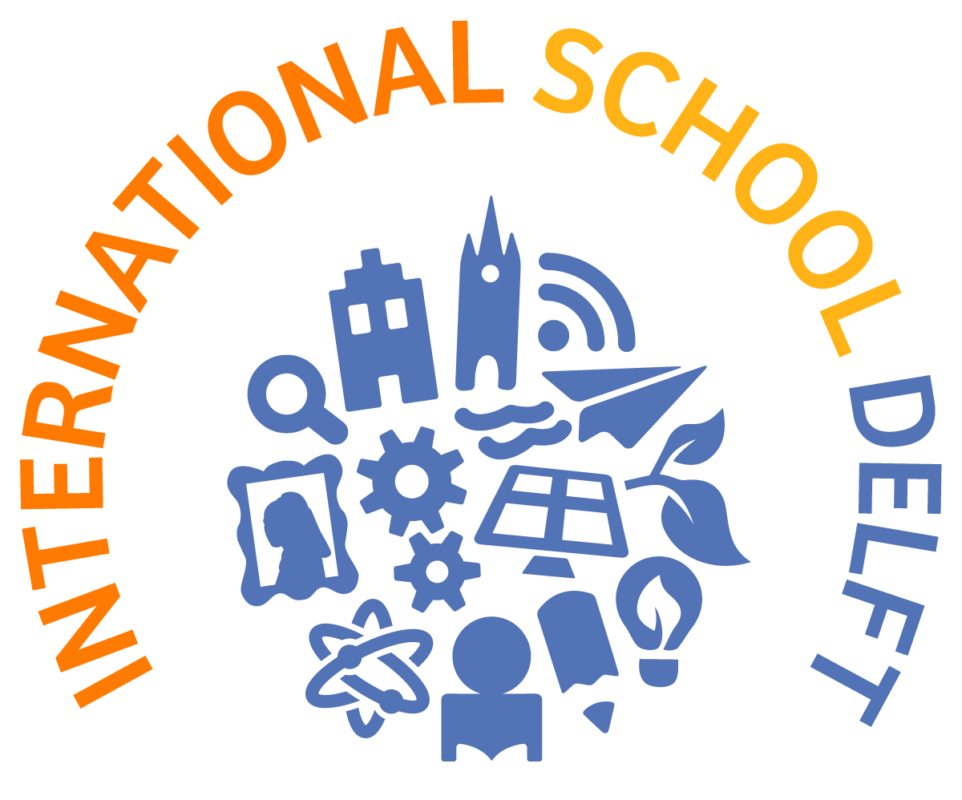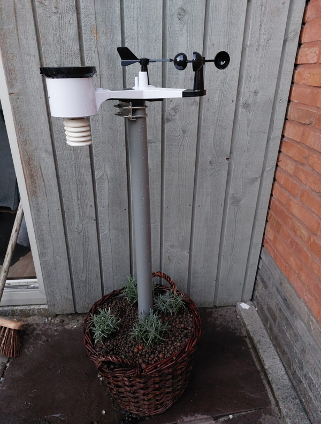Contribution by Ms Miros Silva Ordaz and Ms Gabriella Angelin Teixeira
During the science lessons, the MYP1 students have been collaborating with the Water lab from TU Delft and the UNESCO Water Institute. They have been monitoring rain using different measuring instruments. With their data, the students helped the project: Delft Measures Rain.
Delft Measures Rain is a citizen science project initiated and executed by WaterLab, a platform of multiple organizations focused on demonstrating, performing, and sharing water research. The rain measurements, like the ones from our students, contribute to the research of the Technical University Delft (TU Delft), in which the effects of urban development on rain within the city are explored. The participants’ measurements provide a higher resolution of rain measurement locations, giving a more detailed view of rain distribution.
Our students have been monitoring the rain using two different methods. They also had to write a lab report. Method 1 was a rain gauge built by the students and method 2 was the weather station. Students’ main research question was “What is the difference between the amount of rain measured by two different methods?”. In this investigation, students were encouraged to not ignore unexpected results so they can appreciate how the real-world works.
Besides the lab report and the investigation, the students learned how to reflect on their research, and they contacted the Water lab experts with some questions.

One of the questions the students had, was what the researchers do with the information they collect from their water studies. Marit Bogert answered: “We use the information from Delft Measures Rain (but also other studies that we do) to improve the environment we live in. By that, we mean making our surroundings, for instance, your garden, schoolyard or local park, a nicer place to be and also a nicer place for the plants and animals around us. Our climate and the weather in the future will change. In the Netherlands, this means that we will have more rain in very heavy rain showers, while at other times we will have very long droughts (do you remember the dry period last summer?). To make sure Delft does not flood or dry out, we need to adjust the environment to help it. For instance, we can store water in small pools for dryer times, or plant more trees and shrubs to maintain water in the soil. To know where to do this, we need to know where the rain is (or is not) falling. That is what we measure during this project! We use the information you collect to make maps of the city and see which parts get more or less rain”.
The MYP1 students enjoyed contributing to this important project and would like to thank the WaterLab for their time.

